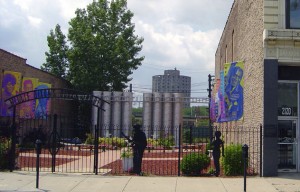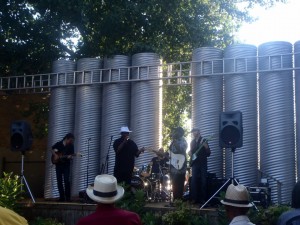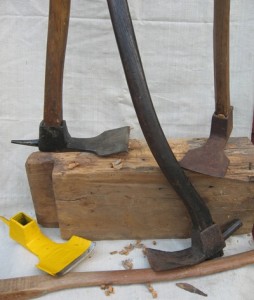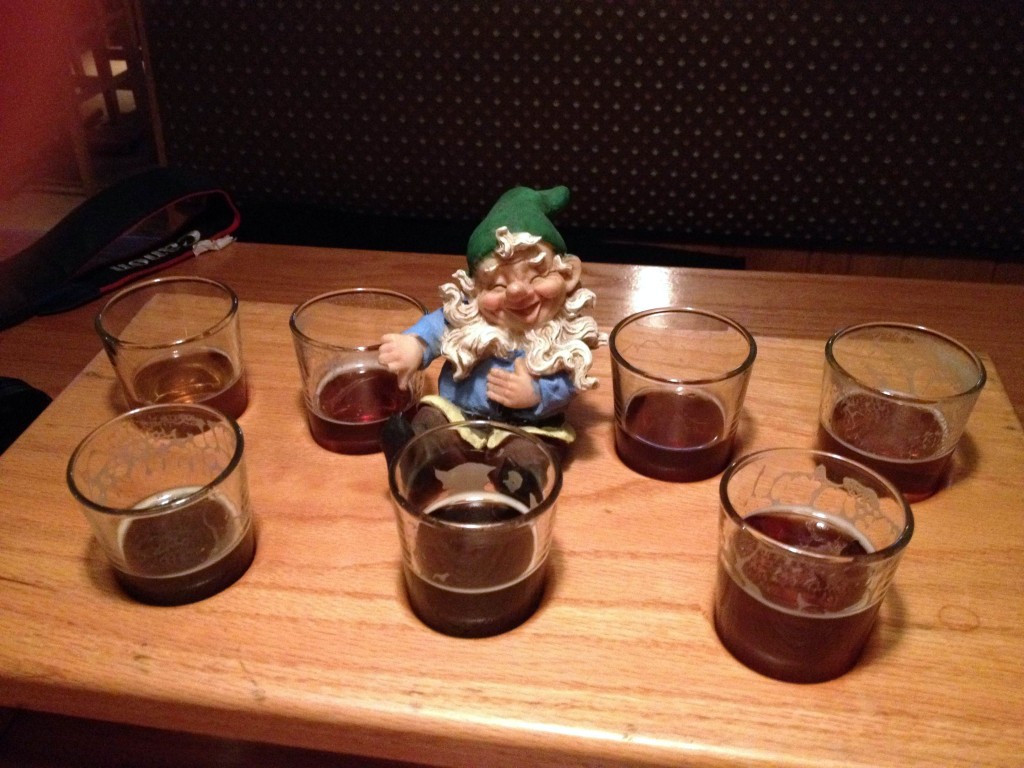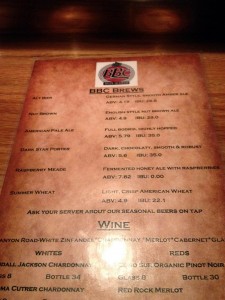The day didn’t get off to a good start. Plans had been made to spend the gorgeous summer day embarking upon a day-long bike ride. Realizing that I had left my tire pump in my Jeep, I went downstairs to retrieve it.
To my shock and dismay, I found that the spare tire had been stolen off the back of my nearly brand new Jeep. And in case you wondered, Jeep tires are far from cheap.
“That’s it,” I proclaimed, “We’re going to the casino!”
The day’s bike route was quickly altered to include a stop to the Horseshoe Casino in Hammond, Indiana. Despite only minimal prior success playing blackjack, I was determined to win enough money to buy myself a new Jeep tire.
The route began in the South Loop of Chicago. After hopping on and off the Lakefront trail, the route went through the streets of some very “interesting” neighborhoods. Then a large interstate blocked the route, necessitating the need to improvise and explore even more interesting neighborhoods.
Not surprisingly, I did not hit the blackjack jackpot at the Horseshoe Casino. I got up about $100 and then started to lose repeatedly.After walking away with a measly $15 in winnings, the next logical stop was a drinking establishment. The bike trip continued with a stop to Three Floyds Brewery in Munster, Indiana.
However, these worthwhile plans were interrupted by a massive storm front moving in. Just a couple miles into the fifteen mile trek, rain drops began to fall. It was refreshing on a warm August afternoon. Then the lightning and thunder started, and the rain started coming down harder and harder.
The winds picked up and the booming thunder shook the ground beneath me. Lightning was striking the ground and making the electricity in the area go out. Without being able to see or move, we pulled the bikes under a gas station awning. The temperature had drastically. I was shivering, ringing out my t-shirt, and impatiently waiting for the storm to let up just a bit.
The brewery destination turned out to be an ultimate fail as well. Three Floyds, which is run by a less than pleasant staff, had an undetermined wait time and the only place to wait was out in the downpour.
Starving and cranky, a quick Yelp search advised that the closest place to pick up grub was a Red Lobster. Never before have cheddar biscuits and a Baileys & coffee tasted so delicious.
Still desperately in need of good beer and a train ride home, the next stop was Flossmor Station Restaurant and Brewery in Flossmoor, Illinois. The rain was still coming down, but it had let up to a more manageable level.
With this experience in mind, I offer you the following tips on biking in a torrential downpour (among other things):
- DON’T expect to win back your stole goods at a casino.
- DON’T pick a route that doesn’t have paved roads just because you’re a wannabe mountain biker.
- DON’T pick a route through the ghetto just because it might be more interesting.
- DO bring extra layers so you don’t catch pneumonia.
- DO have backup plans in place for post-biking beer consumption.
- DO pull over and seek shelter if lightning is striking things all around you.
If you would actually like legitimately helpful advice, check out James Schwartz’ article in The Urban Country and some of the posts on bikeforums.net. If you would like more stories of adventure mishaps, then you’re in the right place.
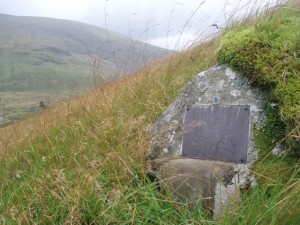 Blair Mountain commemorates the brave men and women who risked their lives for a movement that has brought Americans the labor laws relevant today. In 1921, the largest labor insurrection in US History ensued at this site when 10,000 coal miners fought for five days against a coal-operator backed military army.
Blair Mountain commemorates the brave men and women who risked their lives for a movement that has brought Americans the labor laws relevant today. In 1921, the largest labor insurrection in US History ensued at this site when 10,000 coal miners fought for five days against a coal-operator backed military army.

